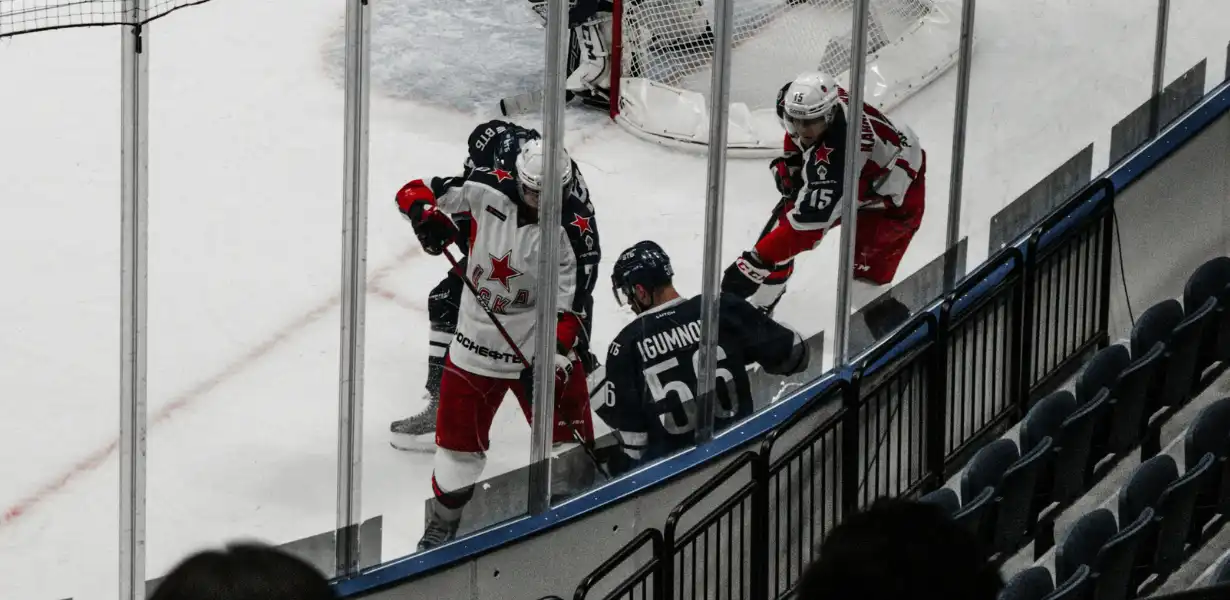Hockey is a fast-paced, physical sport that thrives on intensity, skill, and grit. With bodies moving at high speeds across a confined rink, physical contact is inevitable—and expected. But even in a sport where checking is part of the game, there are lines that cannot be crossed. Two of the most frequently misunderstood penalties are boarding and charging. Though both involve physical contact and can result in serious consequences, they are defined by very different actions and circumstances.
Understanding the nuances between boarding and charging is essential for players, coaches, and fans who want to see the game played hard, but clean. Each penalty carries its own definition, its own risks, and its own place in the rulebook. This article dives into those distinctions, highlighting what sets them apart and why knowing the difference matters.
What Is Boarding?
Boarding occurs when a player checks, pushes, or otherwise causes an opponent to be violently thrown into the boards. The key factor isn’t simply the contact itself, but the danger it poses. If the opposing player is hit in such a way that their body slams into the boards with force, especially when they’re in a vulnerable position, referees are likely to assess a boarding penalty.
The nature of boarding hinges on a few main elements:
• The position of the opposing player at the time of contact (e.g., facing the boards, unaware of the hit).
• The degree of force used.
• The result of the hit, particularly if the player hits the boards dangerously or suffers injury.
Even if the hit appears routine, it can still be called as boarding if the referee judges that it recklessly endangered the opposing player. The rule exists to protect players from some of the most dangerous scenarios in hockey—ones that can lead to head, neck, or spinal injuries.
What Is Charging?
Charging is defined more by the lead-up to the hit than the result. When a player takes excessive strides, gains speed through gliding, or leaps into an opponent to deliver a check, they may be called for charging. The penalty is designed to discourage hits that involve excessive momentum and intent to punish, rather than simply separate a player from the puck.
In charging situations, referees often look at:
• How far the player traveled before making contact.
• Whether they took multiple strides or glided for an extended distance.
• Whether they launched themselves into the hit.
• Whether the action was reckless or unnecessary in context of the play.
Unlike boarding, charging doesn’t need to happen near the boards. It can take place anywhere on the ice. What matters most is the use of excessive force, often combined with a buildup of speed that turns a legal check into a dangerous one.
Why Boarding and Charging Are Often Confused
It’s easy to see why boarding and charging are sometimes used interchangeably by casual viewers. Both involve big hits, both can result in serious penalties, and both carry potential for injury. But the differences are clear once the definitions are broken down.
Boarding is about the location and result of the hit—specifically, whether a player was driven dangerously into the boards. Charging, on the other hand, is about the approach and method of the hit—especially if the player builds up speed or momentum before contact.
In some cases, a single play might even result in both penalties being assessed. For example, if a player takes several strides and then hits an opponent from behind into the boards, the referee could call both boarding and charging due to the combination of dangerous force and reckless buildup.
The Role of Intent and Judgment
Referees play a vital role in enforcing these rules, and often must make split-second decisions based on the details of a play. Was the opposing player in a vulnerable position? Did the checker make an effort to minimize harm? Was the contact necessary in the flow of the game?
Intent is often a debated aspect of boarding and charging calls, but the rules are designed to prioritize safety over judgment of motive. A player doesn’t have to intend to injure someone to be assessed a penalty. If the hit is reckless, dangerous, or outside the bounds of safe play, the official has every right to call it.
Staying Within the Rules
Players can avoid boarding and charging penalties by maintaining awareness of their surroundings and adjusting their play in high-risk scenarios. A few strategies that help include:
• Pulling back on hits when an opponent’s back is turned near the boards.
• Limiting stride buildup when chasing down a player to make a check.
• Avoiding jumps, lunges, or dramatic accelerations into a hit.
• Keeping checks controlled and purposeful, focused on separating the player from the puck—not inflicting damage.
Staying out of the penalty box is a key part of winning hockey, and players who understand the difference between physical and reckless play give their teams the best shot at success.
Final Thoughts
Boarding and charging may seem similar on the surface, but in hockey’s fast-moving and often chaotic environment, the distinctions are critical. Boarding involves dangerous contact into the boards; charging centers around excessive speed or force before the hit. Both are penalized to protect players and maintain the integrity of the game.
For players and fans alike, knowing how these penalties are defined—and recognizing them in action—adds another layer of appreciation for the sport. Because while toughness is essential in hockey, so is respect for the rules and for fellow competitors.

